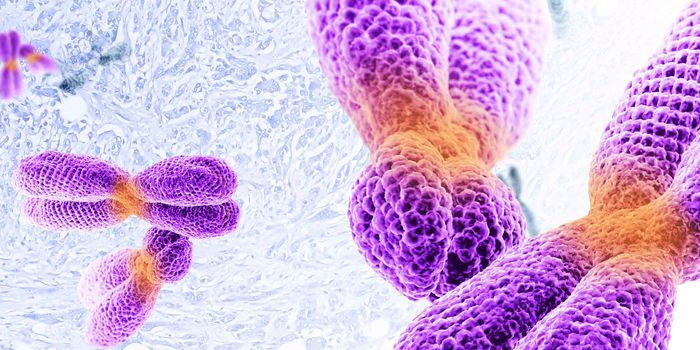Smart Stitches Track Surgical Wound Healing
As early as 3000 BC, ancient Egyptians described the use of sutures for drawing open wounds shut to facilitate healing. These early medical accounts report the use of plant-based materials such as cotton or tendons and arteries from animals to stitch wounds closed.
This ancient technology, coupled with advances in suture materials, is still used routinely in hospitals to repair wounds caused by trauma or sealing surgical sites. While suturing was designed to help keep pathogens out of the vulnerable wound tissue, infection remains a real threat to patients.
Healing complications are particularly concerning for those recovering from major surgical procedures involving internal organs. Here, physicians have to watch for the earliest signs of infection as these can escalate rapidly to turn life-threatening. Bioelectric sensors have been designed for this purpose and are implanted internally to continuously monitor deep surgical sites. However, these bulky devices can interfere with the healing of delicate tissues.
Now, a team of biomedical engineers has come up with a next-generation smart suture. The breakthrough device doesn’t require batteries and wirelessly receives real-time information on the status of deep surgical wounds. The innovators reported their findings in the journal Nature Biomedical Engineering.
The smart sutures are made of medical-grade silk. The threads are encased in a conductive polymer that picks up wireless signals via radio-frequency identification (RFID) and shuttles them to an electronic sensor. Changes in the frequencies detected alert doctors to possible complications occurring beneath the skin's surface. Once the patient has recovered, the smart sutures can easily be removed with a minimally invasive procedure.
“These smart sutures can be used as an early alert tool to enable doctors to intervene before the complication becomes life-threatening, which can lead to lower rates of re-operation, faster recovery, and improved patient outcomes,” said the research team leader, John Ho.
Ho and colleagues continue to develop the technology with the aim of integrating a portable wireless reader to detect smart suture signals. This advancement could help patients return home sooner while being monitored for complications remotely.









